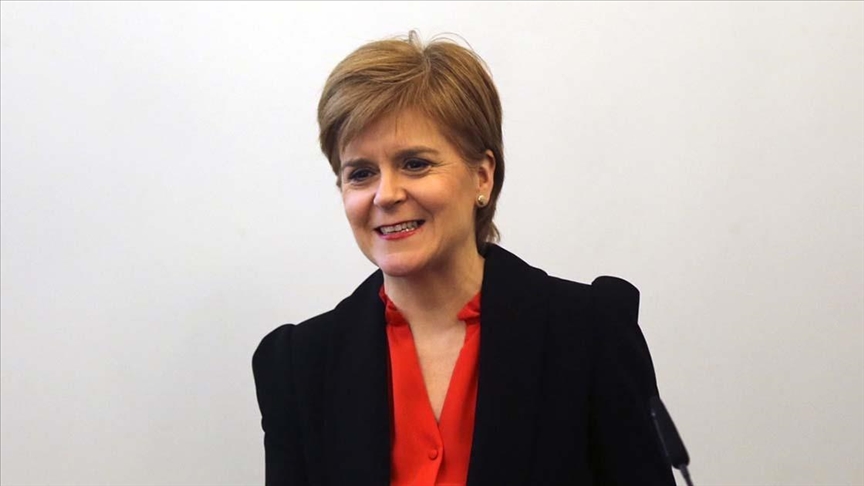

By Anadolu Agency
LONDON
Scottish First Minister Nicola Sturgeon announced in a speech on Monday that an independent Scotland would use a new currency “as soon as practicable” as she set out the economic plan for Scottish independence.
Sturgeon said the new Scottish pound would be handled by the new Scottish Central Bank.
She added that the currency transition would not be determined by a “fixed timetable” but rather “guided by criteria and economic conditions.”
“We propose that, on independence, Scotland would continue to use the pound Sterling for a period before moving to a policy of adopting a Scottish pound,” she said.
“While Scotland is still using sterling, many aspects of monetary policy would continue to be set by the Bank of England. However, an independent Scottish Central Bank would be established with oversight of monetary and economic conditions in Scotland and with responsibility for financial stability,” Sturgeon added.
Outlining the economic plans for an independent Scottish economy, the Scottish first minister said the North Sea oil and gas revenues – estimated to be £20 billion (over 22.78 billion) – would be used to boost infrastructure investment, and aid the transition to a net zero economy.
Referring to the recent economic chaos in the UK, Sturgeon said it was now “glaringly obvious (Britain) does not offer economic strength and stability or financial security.”
Sturgeon also said an independent Scotland would apply to re-join the EU, but conceded this would be a “particularly lengthy process.”
She said Scottish independence and re-joining the EU would not mean a bard border between Scotland and the rest of the UK, and that Scotland would remain in the common travel area with the rest of the UK and Ireland.
“That means any talk of passports to visit relatives in England is utter nonsense,” she said.
“Free movement of people across our islands will continue as before.”
“What Brexit does mean, though, when Scotland returns to the EU, is that border arrangements will be required to ensure continued trade in goods and services across the UK,” she noted, adding: “None of this is insurmountable, but it does require proper planning.”
In 2014, Scotland held an independence referendum in which 55% voted to remain in the UK and 45% voted for independence.
The Scottish National Party that Sturgeon leads is currently pushing for a second independence vote to take place in October 2023.
We use cookies on our website to give you a better experience, improve performance, and for analytics. For more information, please see our Cookie Policy By clicking “Accept” you agree to our use of cookies.
Read More